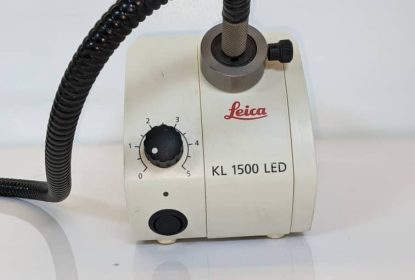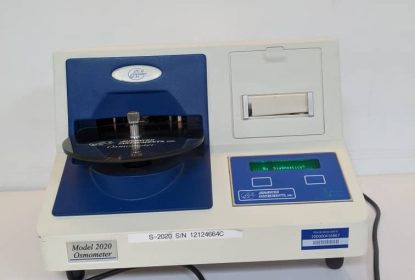Fluorometry Analysis
- Fluorometry
- Department of Biochemistry and Molecular Biology, Obafemi Awolowo University, Ile-Ife, Nigeria.
Service Details
- Fluorometry Analysis refers to the measurement and study of fluorescence emitted by a sample when it absorbs light or electromagnetic radiation. This technique is widely used in biology, chemistry, and environmental sciences to identify and quantify substances, often with high sensitivity.
1. Fluorescence: A phenomenon where a substance absorbs light (usually UV or visible) at one wavelength and emits light at a longer wavelength.
2. Excitation and Emission:
Excitation wavelength: The wavelength of light used to excite the sample.
Emission wavelength: The wavelength of light emitted by the sample.
3. Fluorophores: Molecules that fluoresce upon excitation. Examples include:
Organic dyes (e.g., fluorescein, rhodamine)
Proteins (e.g., GFP – Green Fluorescent Protein)
Quantum dots and other nanoparticles.
Steps in Fluorometry Analysis
1. Sample Preparation: Ensure the sample is optically clear and free of contaminants that could interfere with fluorescence.
2. Excitation: Illuminate the sample with a specific wavelength of light to excite the fluorophores.
Service Provider
Provider
Enzyme Research Lab Oluwafemi Oladoyin
Member Since
Nov 2024
Address
Department of Biochemistry and Molecular Biology, Obafemi Awolowo University, Ile-Ife, Nigeria.
famutinioladoyin@gmail.com
Phone
08163749198




Leave a Reply